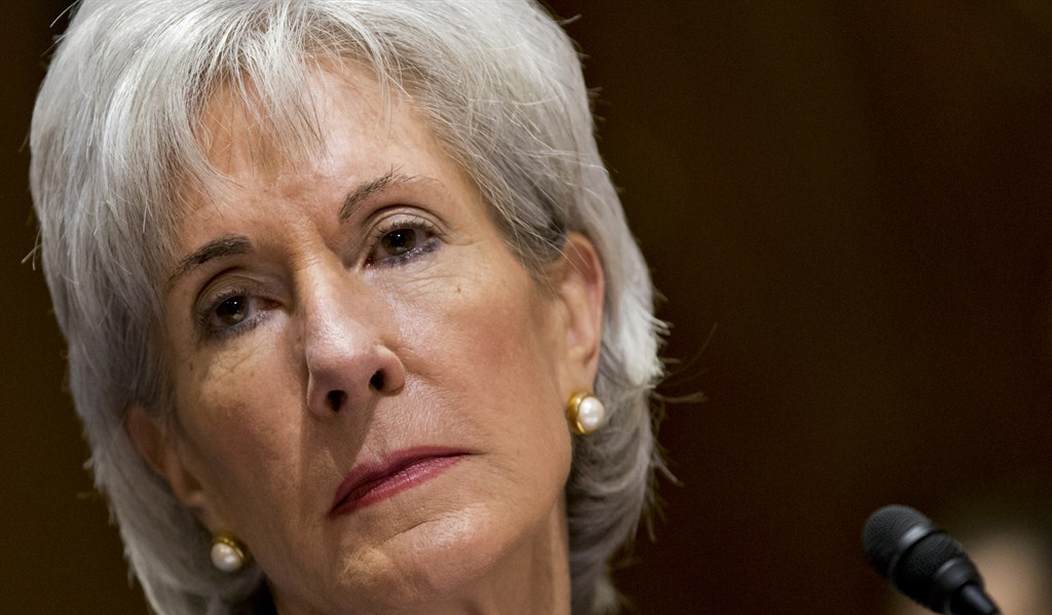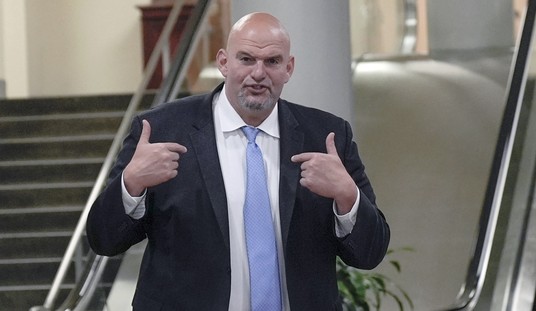The White House and its Congressional allies have been pumping greatly exaggerated Obamacare enrollment statistics in the media, which we helped debunk earlier in the week. How are they going to dress up an apparent sharp downward trend in sign-ups (or "plan selections") in late January and early February, with the March 31 enrollment deadline fast approaching? Investors Business Daily's Jed Graham examines some of the available state-level data and sees an enrollment trajectory plateau:
With less than seven weeks of open enrollment to go, ObamaCare enrollment — and payments — have slowed to a near-crawl in some states. Minnesota's exchange enrollment goal of 67,000 seemed within reach on Jan. 4, when signups stood at 25,860. But after surging by more than 4,000 per week in the prior five weeks, signups collapsed back to November's pace of less than 700 per week. As of Feb. 1, Nevada had just 14,999 paid enrollees — vs. the state's March 31 goal of 115,000. Washington state, meanwhile, was slightly more than halfway to its goal of 340,000 signups — but only 88,071 had paid as of Feb. 1...January data from New York, Colorado, Maryland and Kentucky (easily accessible via acasignups.net) all suggest that the momentum which carried from December into January substantially faded in the second half of the month...The extent of the drop-off in signups in states like Nevada, Minnesota and Maryland that have made little progress toward their goals does highlight an important question: Is demand lagging mainly because of informational hurdles — or because the subsidies and policies aren't well designed to attract broad participation?
Graham digs deeper into Minnesota's numbers, which he says are the most thorough and complete of any state. His full post is worth reading, but pay special attention to the portions in bold font:
Recommended
No state has provided as much detail about its enrollment through Feb. 1 as Minnesota, and the details are somewhat concerning. (The state counts people who have completed their application and chosen a payment method.) Only 21% of signups were in the key 18-34 demographic vs. 35% ages 55 to 64. Minnesota officials have been taken by surprise at the share of people signing up for ObamaCare's richest "platinum" coverage, which reimburses 90% of the covered group's qualifying expenses. Fully 29% have signed up for low-deductible platinum policies — compared to a projection of 5%. Such policies would tend to be favored by people who want to guard against high medical expenses, while someone expecting minimal costs might go for a high-deductible bronze plan.
This portends two separate risk pool problems. First, not enough young and healthy people are signing up -- a trend that has been well established for some time. Minnesota's 21 percent figure is nearly identical to what health insurer Humana is reporting in its nationwide risk pool so far -- and roughly half of the administration's initial goal within this demographic. Second, a surprisingly high number of enrollees are selecting "platinum" plans, indicating that they anticipate incurring high levels of annual medical expenses and are looking to minimize out-of-pocket costs. Add these two together, and you're staring at an adverse selection problem, which may result in larger taxpayer bailouts of on-the-hook insurers. Also take note of the paltry payment rate of "enrollees" in Washington State so far, illustrated in the graph on the right:

Washington has a payment rate of just 50 percent, with Nevada sitting at 66 percent. Both states are far off pace to hit their 2014 targets, even counting unpaid "enrollments." Consumers are only actually signed up for coverage after insurers receive their first month's payment. Health insurance expert Bob Laszewski has estimated that the national non-payment rate will settle around 20 percent, but the raw data suggests that in certain states, that key number could be far higher. An Obama administration official testified before Congress last month that the government doesn't have solid figures on payment rates on account of major portions of Healthcare.gov still being under construction. It's conceivable that enrollments will spike at the end of March, but that's not guaranteed. The CBO has already issued a downward revision of the number of likely first-year enrollees by one million. Also, snafus like this probably won't help matters:
http://t.co/5iccQi8QYT to be out of service for 2.5 days... during Youth Enrollment Day??!! http://t.co/AyuFqfkL8U
— David Pasch (@DavidPasch) February 11, 2014
Sure enough, Obamacare's "national youth enrollment day
























Join the conversation as a VIP Member